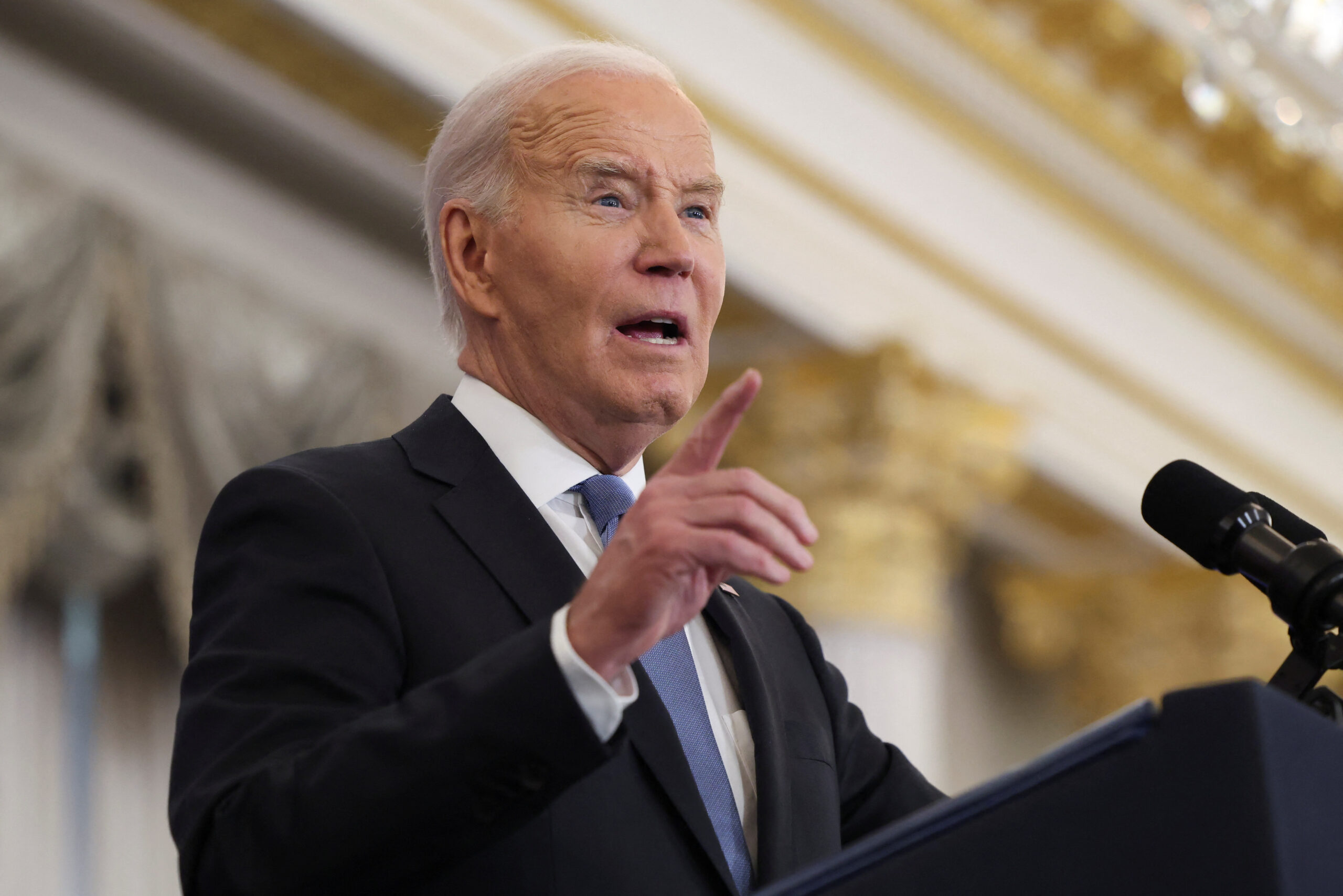Robin McHaelen
John Merz
On January 17, 2025, President Joe Biden made a groundbreaking statement, declaring the Equal Rights Amendment (ERA) to be “the law of the land.” “The Equal Rights Amendment is the law of the land,” Biden proclaimed, signaling a bold and symbolic step forward in the fight for gender equality in America. While his declaration has reignited debate over the ERA’s status, it also serves as a rallying cry for those advocating for constitutional protections against sex-based discrimination.
The Long Road of the Equal Rights Amendment
The ERA, first proposed in 1923 by suffragist Alice Paul, aims to guarantee that rights under the law cannot be denied or abridged on account of sex. It was not until 1972 that Congress approved the amendment, sending it to the states for ratification. The ERA required ratification by 38 states to become part of the Constitution, but by the 1982 deadline, only 35 states had signed on. In recent years, Nevada, Illinois, and Virginia have added their ratifications, bringing the total to 38. However, legal and procedural disputes – such as the expired ratification deadline and attempts by some states to rescind their ratifications – have left the ERA in limbo.
Legal Experts Weigh In
President Biden’s declaration, while stirring, has been described by legal experts as largely symbolic. The National Archives, responsible for certifying constitutional amendments, has maintained that it cannot recognize the ERA due to the expired deadline. Robert George, a professor of jurisprudence at Princeton University, dismissed Biden’s statement as a “stunt,” pointing out that constitutional amendments require strict adherence to procedural rules. Others note that the president lacks the authority to unilaterally amend the Constitution. As legal scholar Garrett Epps remarked in The Atlantic, “The Constitution does not allow the president to amend it.” The consensus among legal experts is that the ERA’s fate depends on future congressional action or judicial rulings to resolve its contested status.
LGBTQ+ Advocates Embrace the Declaration
Despite the legal challenges, Biden’s statement has been welcomed by LGBTQ+ advocates as a powerful symbol of progress. Advocates see the ERA as a tool to enshrine protections not only for women but also for LGBTQ+ individuals, particularly as discrimination based on gender intersects with sexual orientation and gender identity.
“Biden’s affirmation energizes the fight for gender equality,” said Noreen Farrell, executive director of Equal Rights Advocates. Organizations like the Young Feminist Party have also highlighted the ERA’s potential to address systemic inequities, even if its legal status remains in question.
A Symbolic Yet Meaningful Gesture
While Biden’s declaration does not resolve the legal disputes surrounding the ERA, it has provided renewed hope for those championing equality. The symbolism of the president’s statement underscores a commitment to fairness and inclusion, reminding advocates that the fight for constitutional gender equality is far from over.
David Grant, co-chair of Connecticut’s LGBTQ+ Justice & Opportunity Network, emphasized the importance of collective action in safeguarding constitutional rights: “Symbols matter. When a president declares that equality is the law of the land, it sends a powerful message – not just about where we stand today, but about the future we’re fighting for.” He further urged vigilance against unilateral actions that threaten democratic principles, stating, “Just as no president can single-handedly amend the Constitution, we must remain vigilant against any executive overreach that seeks to undermine our hard-won rights. It’s imperative that we stand united against any attempts to erode the progress we’ve made.”
This moment serves as a critical reminder that, just as President Biden cannot unilaterally amend the Constitution, neither can any president, including Donald Trump. Recent executive actions by Trump, often framed as transformative or absolute, must operate within the bounds of constitutional law and the separation of powers. While executive orders and presidential declarations can shape policy, they cannot override the legislative or judicial branches, reinforcing the principle that enduring change in the United States requires collective action and adherence to democratic processes.





